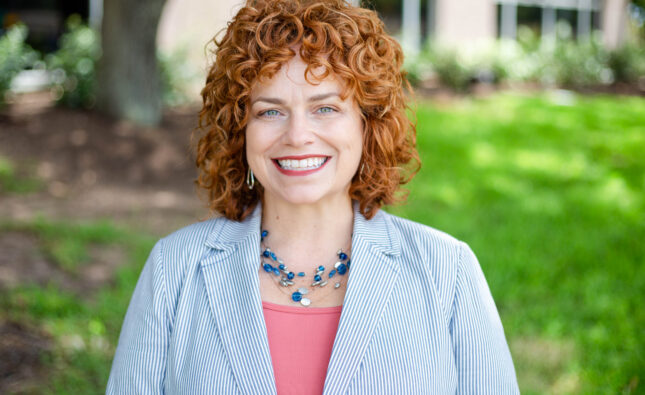by Susan Dawson
The City of Austin is about make a historic change, moving to a “10:1” system of Council Members elected in individual districts rather than at large. The new 10:1 system offers the opportunity for much better representation for different neighborhoods and groups throughout the city. But it also holds the risk of leaders acting in isolation, looking out for the good of communities only in their backyards rather than across the city and region. Never has it been more important for our leaders to act regionally, working together to achieve high educational outcomes for every student. After all, commuting patterns, migration to jobs, and economic development know no boundaries of county, city, or district. With that in mind, E3 Alliance offers an Open Letter to New City Leaders in advance of upcoming elections.
In many parts of the country, city, county, and school district have the same boundaries, and often common governance. Not so in Texas! In fact, there are almost a dozen school districts overlapping City of Austin boundaries, and the Austin City Council has no structural or funding authority over any of them. Which, of course, does not mean that the City doesn’t have a huge vested interest in the success of these school districts educating our students! Whether it is earnings potential, justice system costs, welfare system costs, uninsured and underinsured healthcare costs, taxes paid – almost every piece of the revenue and expense budget of the city that is tied to an individual community member is directly influenced by that person’s educational attainment.
The good news is that, for almost any group of students, on almost every outcome – graduation rate, college readiness, closing achievement gaps – Central Texas students are improving. The bad news is that demographics are changing faster than students are improving. In fact, over the last decade, the child poverty rate in Central Texas has grown at four times the nation’s child poverty rate! Because of the rapid shift toward more and more students who have traditionally been challenged in achieving at high levels, our state demographer has predicted that – unless we work together to create true “step function” changes in outcomes – our overall educational attainment rates will drop significantly.
So if city leaders have no authority over education systems, what can they do to help? Actually, quite a lot. The City funds dozens of programs related to children and youth, and is working on using more and better objective data to align investments so they can have the greatest impact. City programs run through Parks & Rec, HHS, Libraries and other departments can “bridge the gap” in out-of-school time educational opportunities to help eliminate achievement gaps. City personnel have been very active in volunteering their time as mentors and tutors. And the city can partner directly with educational organizations to change behavior in the entire community, for instance by creating a culture of much higher student attendance (see more at www.MissingSchoolMatters.org). Our city and region are changing rapidly. For us to get ahead of those changes – to have all students reach their potential and create a prosperous economic future for us all – city leaders and community members will have to work hand in hand with schools to be accountable for the success of every child.
Susan Dawson was invited as part of the Austin non-profit community to offer advice to the new City Council Leaders through Giving City Austin. To read the advice from other city leaders, please click on link below.
14 Austin Nonprofit Leaders Offer Advice to New City Council
Susan Dawson is the President and Executive Director of E3 Alliance.








